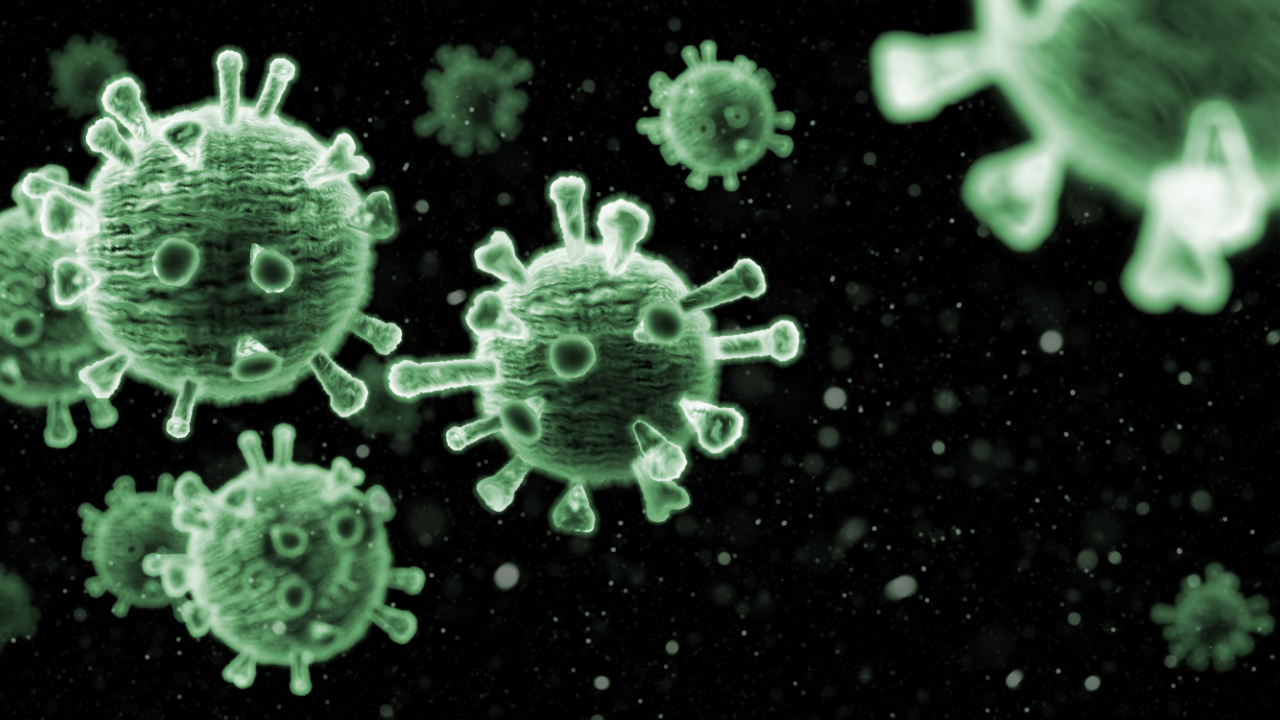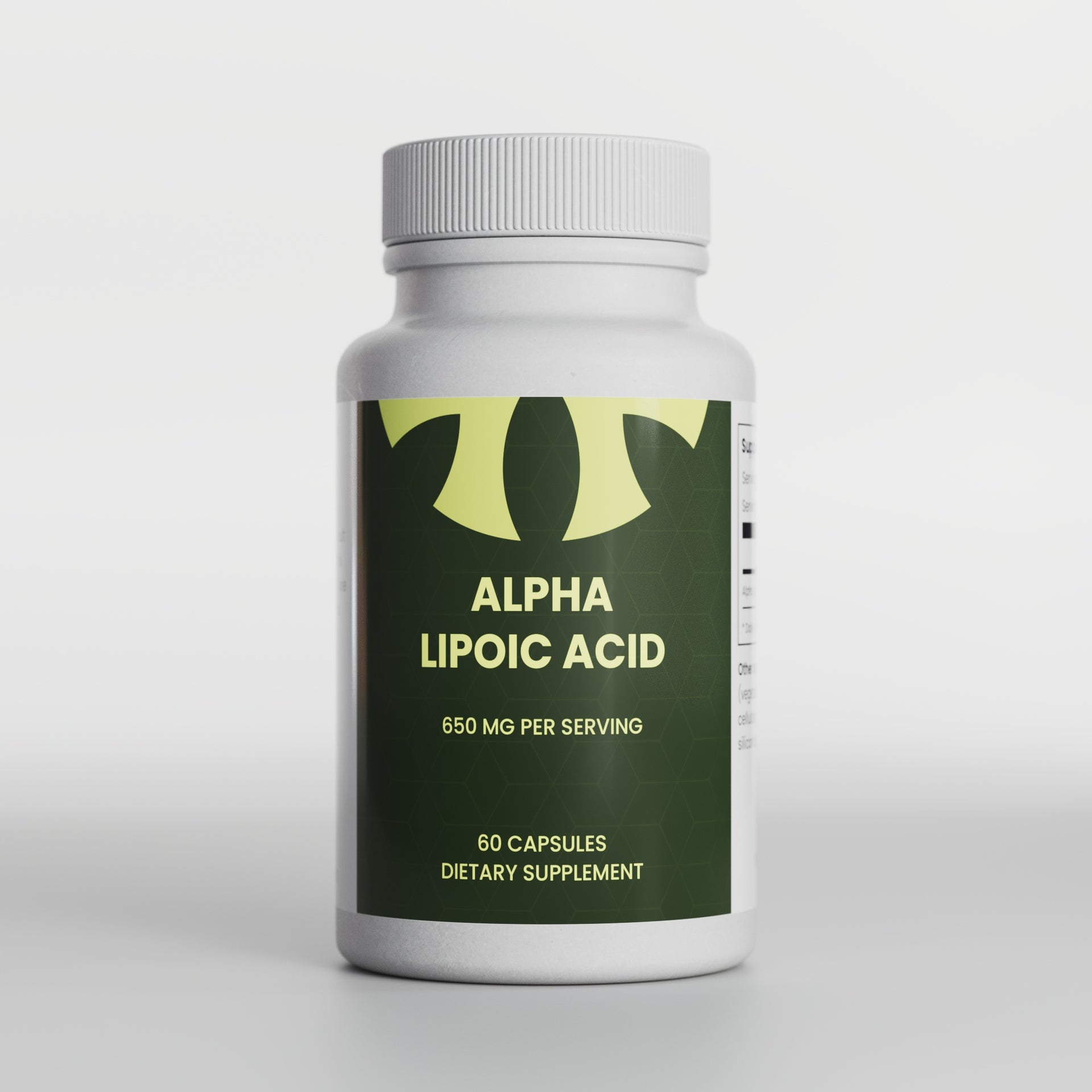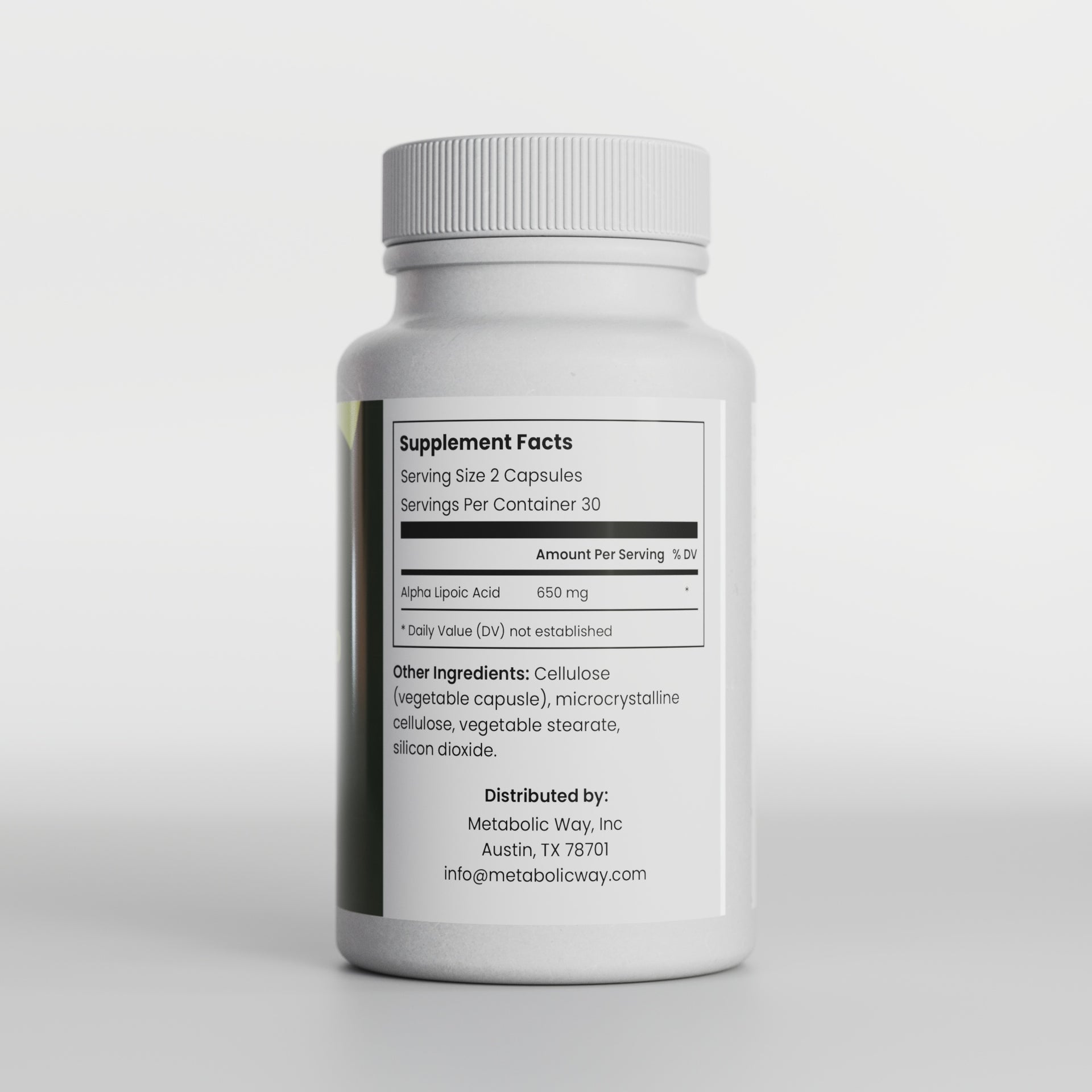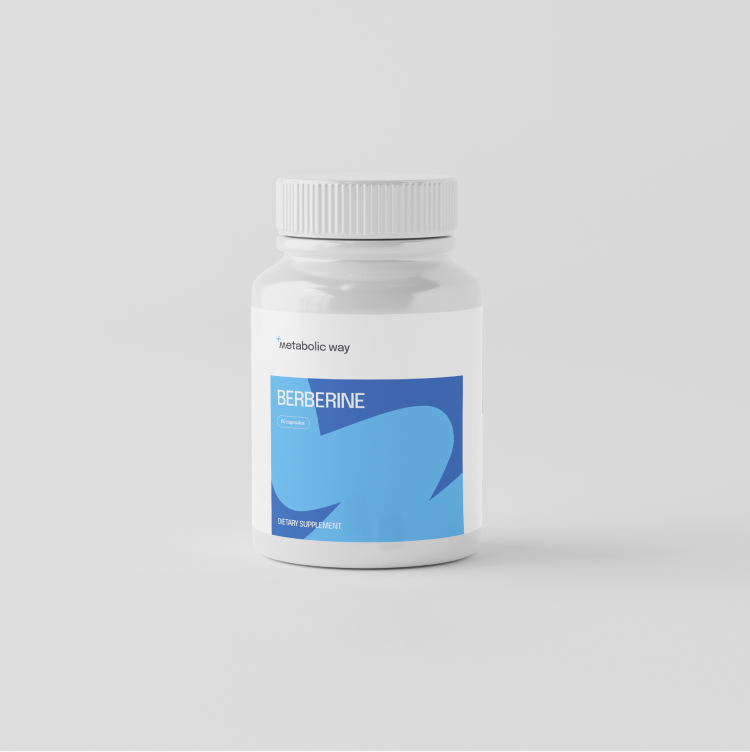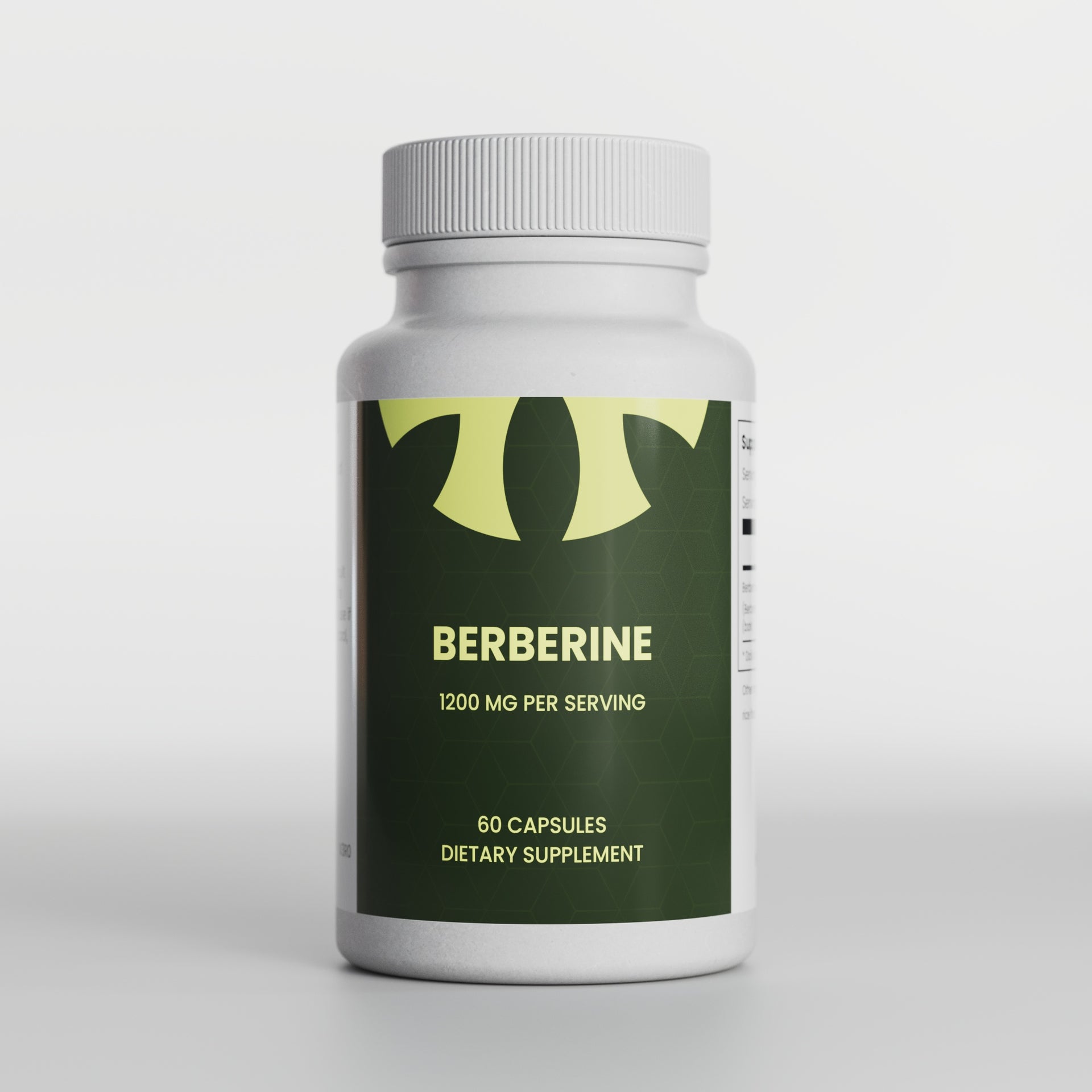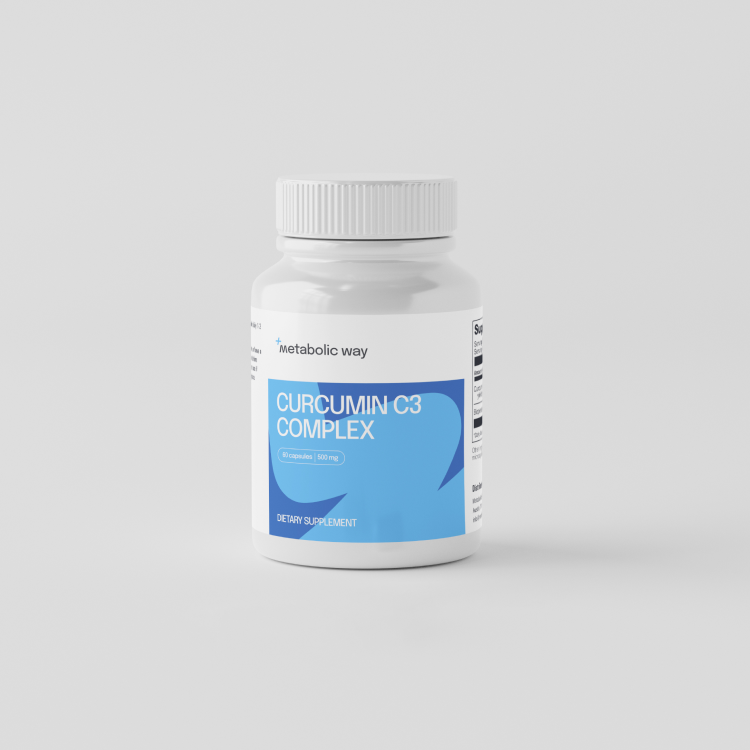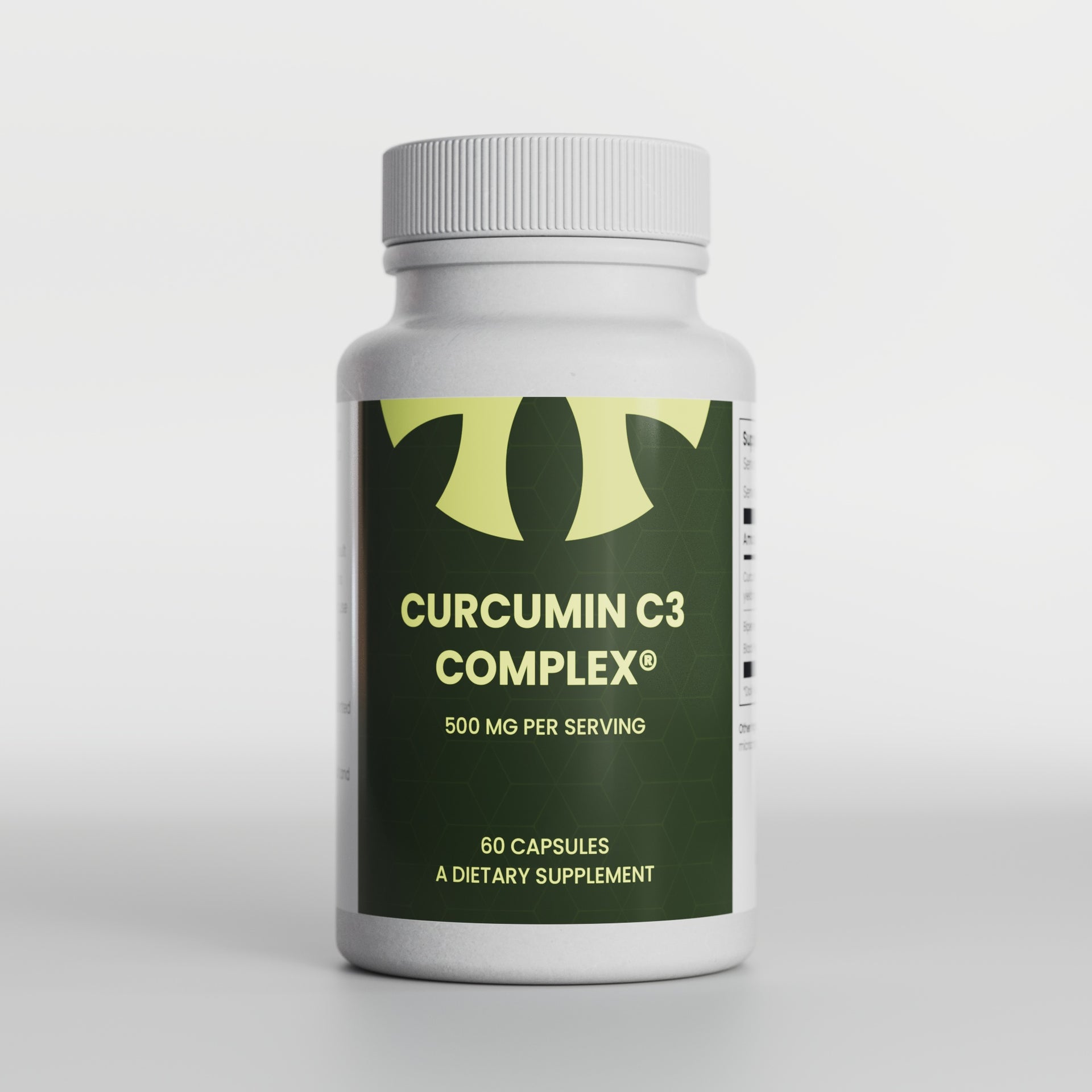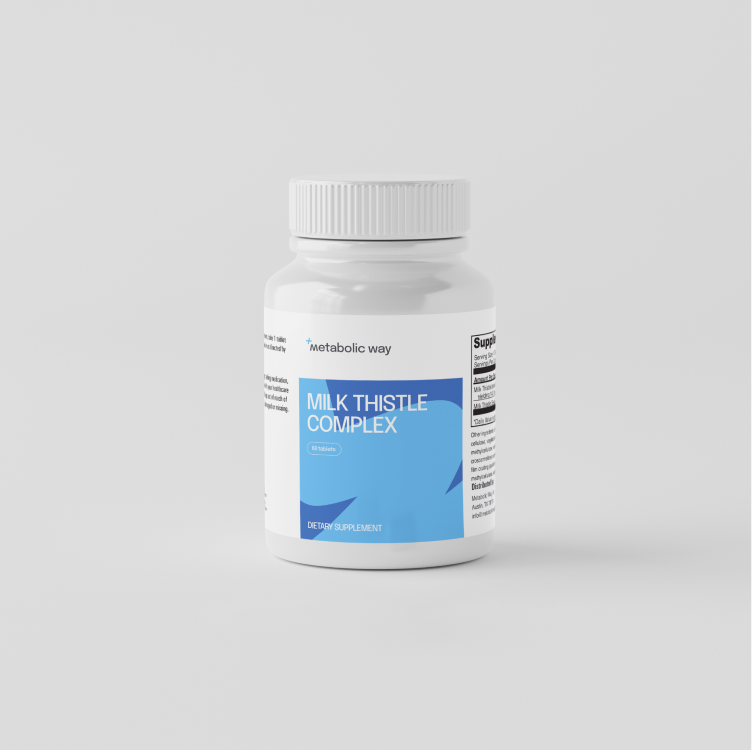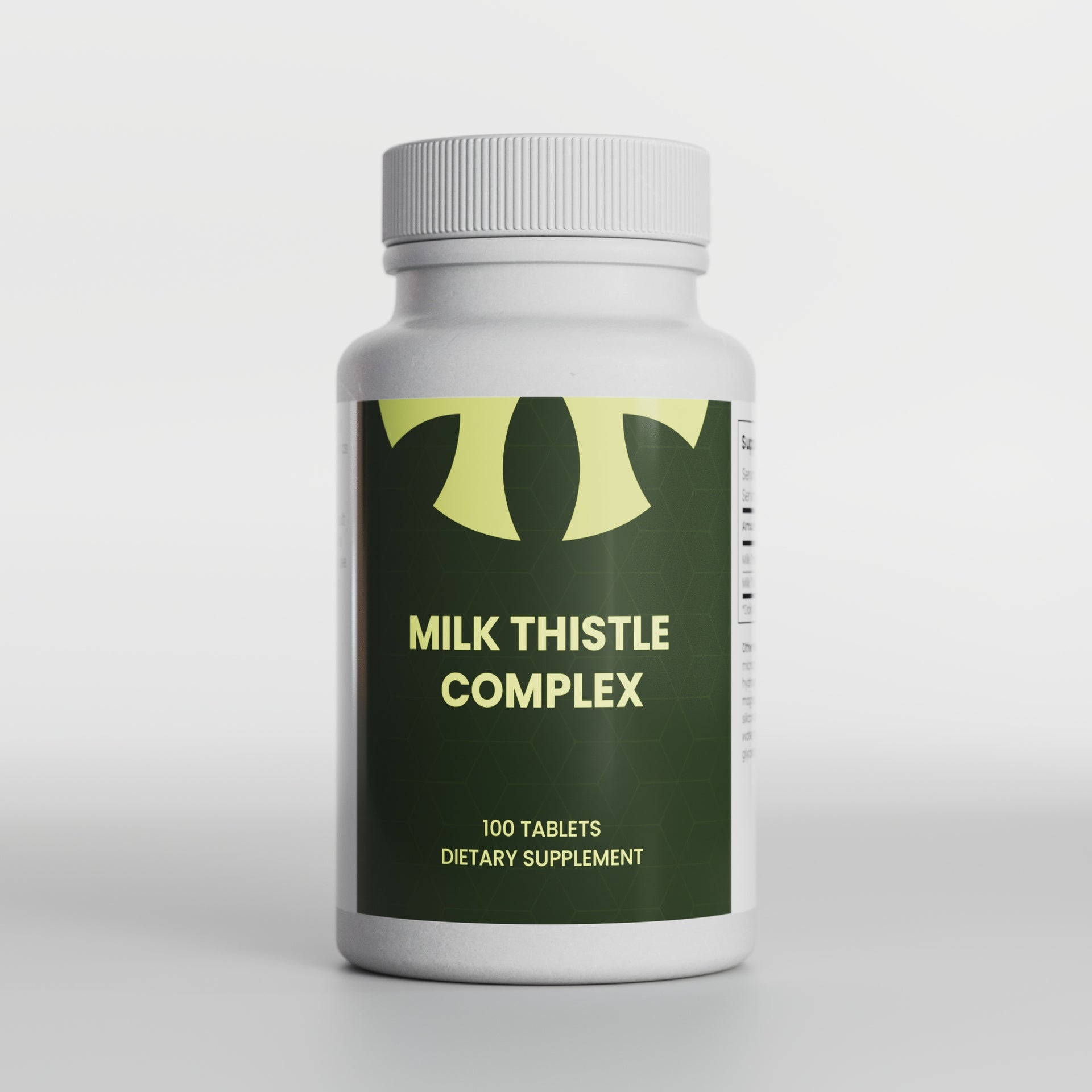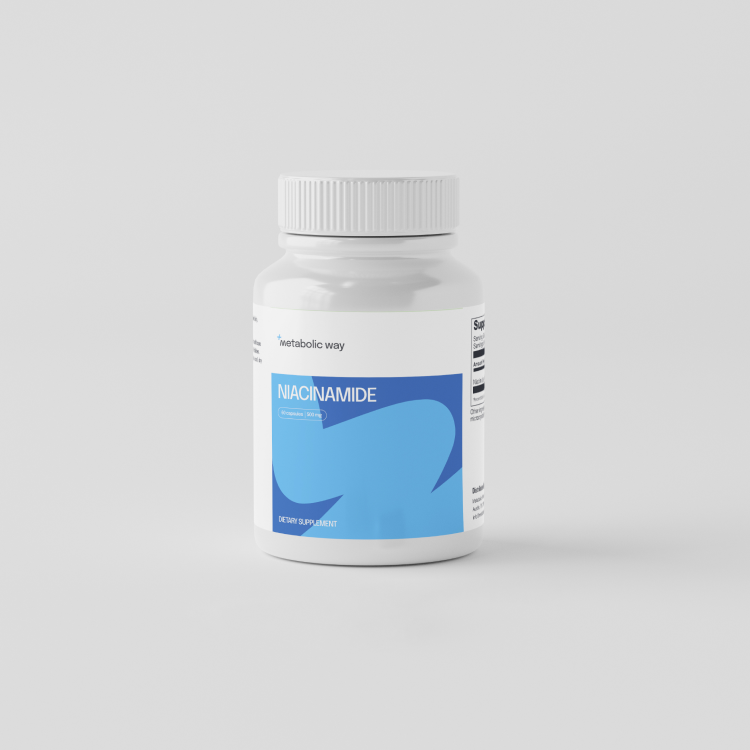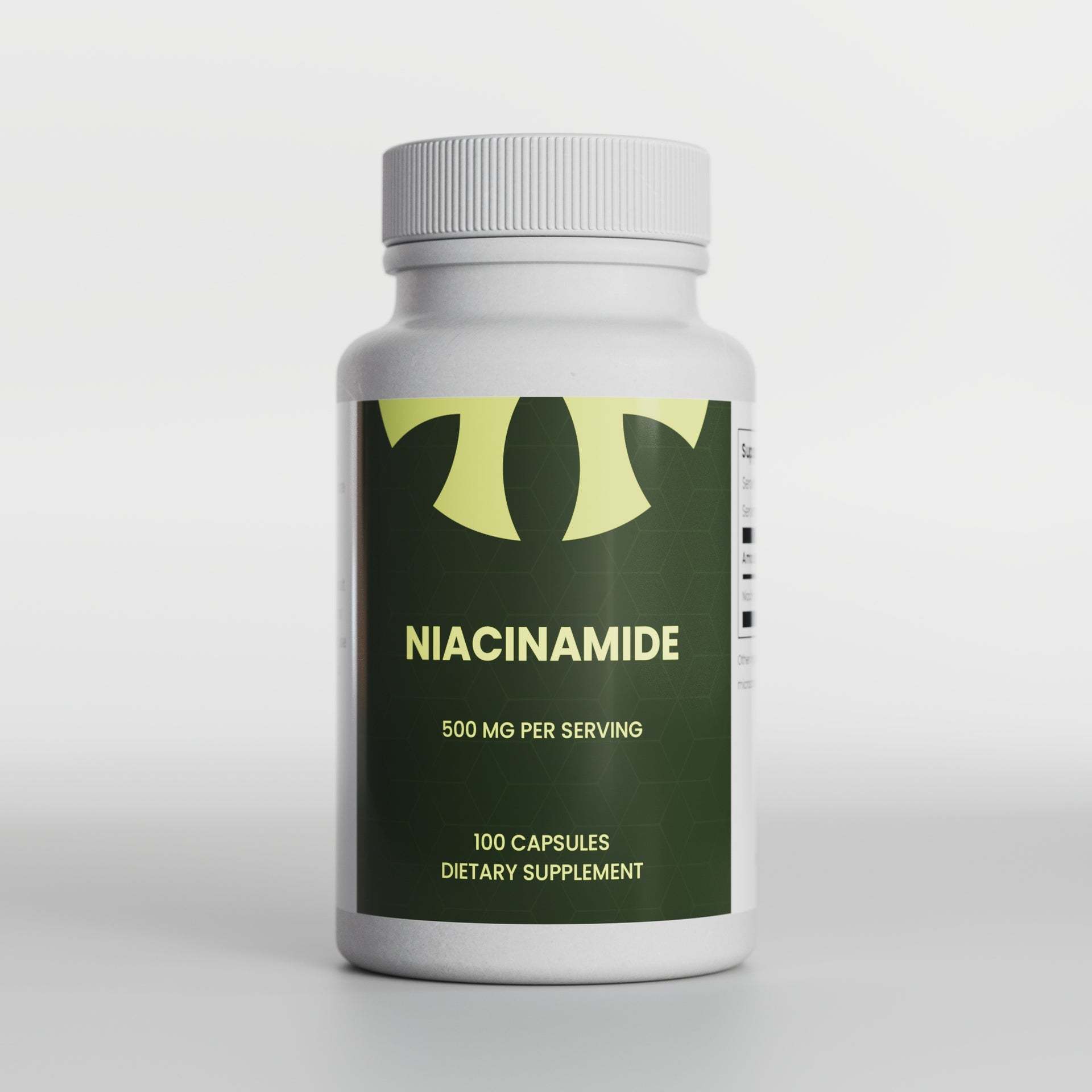Research Highlights:
Main Point 1: HPV and Its Role in Cancer Development
Main Point 2: Lesser-Known Cancer-Inducing Viruses
Main Point 3: The Alarming Prevalence of Genital and Oral HPV Infections
Additional Points: Strategies for Boosting Immunity against Viral Infections
Scientifically Reviewed by: [Reviewer Name, Credentials], in [Month, Year]
Introduction:
Cancer, a formidable adversary in the realm of human health, often emerges from a complex interplay of genetic mutations, environmental factors, and, in some cases, viral infections. In this comprehensive article, we explore the intricate relationship between certain viruses and cancer, shedding light on their significant impact on public health. Understanding these connections is of paramount importance, especially in the context of cancer research and treatment.
What You Need to Know:
Point 1: Human Papillomavirus (HPV) and Cancer
- Human Papillomavirus (HPV) is a well-known culprit behind various cancers, particularly cervical cancer.
- Some strains of HPV, such as HPV-16, are associated with a significantly higher risk of cancer.
- Notably, HPV-induced head and neck cancers are on the rise, especially among men.
- Epstein-Barr virus (EBV) has been linked to Hodgkin's lymphoma, stomach cancer, and nasopharyngeal cancer.
- Cytomegalovirus, another member of the herpes virus family, accelerates immune senescence and can shorten human lifespan.
- Hepatitis B and C viruses are responsible for causing liver cancer.
Point 3: The Alarming Prevalence of Genital and Oral HPV Infections
- Genital HPV infections are widespread, affecting more than 45% of men and approximately 40% of women.
- Genital HPV can lead to various cancers, including those of the anus, penis, and vagina, with vaginal HPV causing a majority of cervical cancer cases.
- Oral HPV infections are driving a surge in head and neck malignancies, primarily in men.
- Given the prevalence of viral infections, especially in higher-risk individuals, bolstering the immune system is crucial.
- Non-prescription approaches to enhance immune function are explored in this article.
Section 1: Latest Advancements in Treatment:
In-depth analysis of the role of HPV in cancer development and the latest advancements in its treatment.
Subsection 1.1: HPV-Induced Head and Neck Cancers:
Exploration of the alarming rise in head and neck cancers driven by HPV infections, with a focus on trends, statistics, and potential interventions.
Subsection 1.2: Lesser-Known Viruses and Their Impact:
A closer look at viruses like EBV, cytomegalovirus, and hepatitis B/C, their association with cancer, and emerging research on combating these infections.
Section 2: Mechanisms of Cancer Growth:
An examination of the molecular mechanisms through which viruses can trigger and promote cancer, emphasizing the importance of understanding these processes for treatment and prevention.
Section 3: Clinical Trials and Their Importance:
Discussion of the significance of clinical trials in evaluating treatments for viral-induced cancers, along with insights from patient testimonials and potential side effects.
Section 4: Broader Implications and Future Research:
Exploration of the broader implications of viral-induced cancers, risk factors, and future directions in research, including strategies for purging the body of chronic viral infections.
Summary:
In conclusion, this article has unraveled the intricate web of viruses that can trigger cancer, emphasizing the growing concern of HPV-induced head and neck cancers. By delving into the lesser-known viruses' roles and strategies to bolster immunity, we aim to equip readers with essential knowledge to navigate the complexities of viral-induced cancers.
References:
- Morales-Sanchez A, Fuentes-Panana EM. Human viruses and cancer. Viruses. 2014 Oct 23;6(10):4047-79.
- zur Hausen H. Viruses in human cancers. Science. 1991 Nov 22;254(5035):1167-73.
Title: Unveiling the Potent Anti-Cancer Effects of Curcumin
Research Highlights: Main Point 1: Curcumin, a compound found in turmeric, possesses remarkable anti-cancer properties and has been used for centuries in traditional medicine. Main Point 2: Curcumin's multi-faceted approach to combating cancer includes blocking harmful chemicals, interrupting cancer cell growth, enhancing immunity, and inhibiting angiogenesis.
Main Point 3: The pharmaceutical industry is exploring synthetic versions of curcumin's actions in developing anti-cancer drugs. Scientifically Reviewed by: Dr. Gary Gonzalez, MD, in August 2023.
Introduction
In the realm of natural compounds with extraordinary health benefits, curcumin stands out as a true superstar. Derived from the roots of Curcuma longa, the plant responsible for the vibrant yellow hue of turmeric, curcumin has a rich history of therapeutic use in Ayurvedic and Chinese medicine. While its medicinal potential has been appreciated for centuries, it's only in recent years that the scientific community has unveiled the remarkable anti-cancer effects of this humble spice.
Cancer remains one of the most formidable adversaries in the world of medicine, and researchers are constantly seeking innovative approaches to combat it. Curcumin, it turns out, offers a multifaceted arsenal against cancer that is both powerful and versatile. This article delves into the fascinating world of curcumin's anti-cancer properties, exploring its ability to block harmful chemicals, interrupt cancer cell growth, enhance immunity, and inhibit the formation of blood vessels that feed tumors. Moreover, we'll touch on the pharmaceutical industry's keen interest in developing synthetic counterparts to curcumin's actions as potential anti-cancer drugs.
What You Need to Know
Point 1: Curcumin's unique ability to block harmful chemicals, including estrogen mimickers, sets it apart from other anti-cancer supplements. By competing for cellular doorways known as aryl hydrocarbon receptors, curcumin can thwart the entry of toxic chemicals such as DDT and dioxin, protecting cells against estrogen mimics that promote breast cancer growth.
Point 2: Curcumin is a potent inhibitor of kinase pathways, akin to cutting the phone lines that cancer cells use to communicate. By blocking these signals, it effectively hinders cancer cell growth. Drug companies are actively exploring the development of synthetic kinase inhibitors, mirroring curcumin's actions.
Point 3: Curcumin's anti-inflammatory properties make it particularly effective against certain cancers, such as colon cancer, where inflammation plays a significant role. It inhibits enzymes like cyclooxygenase (COX) and lipoxygenase (LOX), which promote inflammation. These properties have drawn parallels to the protective effects of nonsteroidal anti-inflammatory drugs (NSAIDs) against colon cancer.
Point 4: Curcumin's antioxidant activity helps protect DNA from oxidative stress and radiation-induced damage. It can even shield bacterial DNA from lethal doses of radiation. Importantly, curcumin has a selective ability to induce apoptosis, the self-destruction of cancer cells, without affecting healthy cells.
Section 1: The Unique Role of Curcumin in Blocking Harmful Chemicals
Curcumin's power lies in its unique ability to block harmful chemicals from infiltrating cells. Notably, it competes for cellular doorways known as aryl hydrocarbon receptors, which play a crucial role in allowing toxic compounds to enter cells. By effectively closing this door, curcumin shields cells from estrogen mimickers, such as DDT and dioxin, known for their cancer-promoting effects. Studies have shown curcumin's remarkable capacity to reverse breast cancer cell growth triggered by these estrogen mimics, offering a promising avenue for breast cancer prevention.
Section 2: Curcumin's Role in Disrupting Kinase Pathways
Kinases are like the phone lines through which cancer cells communicate and grow. Curcumin has the remarkable ability to disrupt these vital pathways, effectively stopping the growth of some cancer cells. For instance, it targets nuclear factor-k B (NF-kB), a well-studied growth factor linked to cancer. By interfering with NF-kB activation, curcumin hinders the growth of cancer cells, as demonstrated in the case of Helicobacter pylori, a bacterium that contributes to gastric cancer. The pharmaceutical industry is actively pursuing synthetic kinase inhibitors, akin to curcumin's action, in the development of anti-cancer drugs.
Section 3: Curcumin's Anti-Inflammatory Properties
Inflammation plays a significant role in promoting certain cancers, including colon cancer. Curcumin's potent anti-inflammatory properties have garnered attention, especially in light of the protective effects observed with nonsteroidal anti-inflammatory drugs (NSAIDs) against colon cancer. Curcumin inhibits key enzymes, including cyclooxygenase (COX) and lipoxygenase (LOX), involved in inflammation. This anti-inflammatory action positions curcumin as a valuable player in cancer prevention, particularly when inflammation is a contributing factor.
Section 4: Curcumin's Remarkable Anti-Cancer Benefits
Curcumin offers an array of anti-cancer benefits that make it an exceptional preventive agent against various cancer types. Its antioxidant activity safeguards DNA from free radical damage and radiation-induced harm. Additionally, curcumin can selectively induce apoptosis, the programmed cell death of cancer cells, without affecting healthy ones. This selective action is guided by recognizing cancer cells' abnormal chemistry. While curcumin may not be effective against all types of cancer, ongoing research seeks to understand its potential applications in different contexts.
Curcumin also enhances immunity, making it a formidable ally in the fight against cancer. Studies have shown that it can boost immune responses in the intestine and overall immunity. Furthermore, curcumin's ability to inhibit angiogenesis, the formation of blood vessels that nourish tumors, presents an effective strategy to starve cancer cells of their lifeblood.
In the relentless battle against cancer, curcumin shines as a natural compound with impressive anti-cancer potential. Its diverse actions, from blocking harmful chemicals to inhibiting cancer cell growth and enhancing immunity, make it a valuable asset in both cancer prevention and potential adjunctive therapies. As pharmaceutical companies seek to harness its power through
synthetic counterparts, curcumin remains an accessible and affordable option in the quest for effective anti-cancer strategies.
Summary
Curcumin, a compound derived from turmeric, has emerged as a potent weapon in the fight against cancer. Its unique ability to block harmful chemicals, disrupt cancer cell growth pathways, and curb inflammation make it a multifaceted anti-cancer agent. Curcumin's antioxidant properties protect DNA, while its selective induction of cancer cell apoptosis offers a targeted approach to treatment. Moreover, its immune-boosting effects and capacity to inhibit angiogenesis further underscore its potential in cancer prevention and therapy. As pharmaceutical companies explore synthetic counterparts to curcumin's actions, this natural compound continues to hold promise as a versatile and accessible ally in the battle against cancer.
- Aggarwal, B. B., Sundaram, C., Malani, N., & Ichikawa, H. (2007). Curcumin: the Indian solid gold. Advances in experimental medicine and biology, 595, 1-75.
- Gupta, S. C., Patchva, S., & Aggarwal, B. B. (2013). Therapeutic roles of curcumin: lessons learned from clinical trials. The AAPS journal, 15(1), 195-218.
- Menon, V. P., & Sudheer, A. R. (2007). Antioxidant and anti-inflammatory properties of curcumin. In The molecular targets and therapeutic uses of curcumin in health and disease (pp. 105-125). Springer.
- Chainani-Wu, N. (2003). Safety and anti-inflammatory activity of curcumin: a component of tumeric (Curcuma longa). The Journal of Alternative & Complementary Medicine, 9(1), 161-168.
- Hatcher, H., Planalp, R., Cho, J., Torti, F. M., & Torti, S. V. (2008). Curcumin: from ancient medicine to current clinical trials. Cellular and molecular life sciences, 65(11), 1631-1652.
